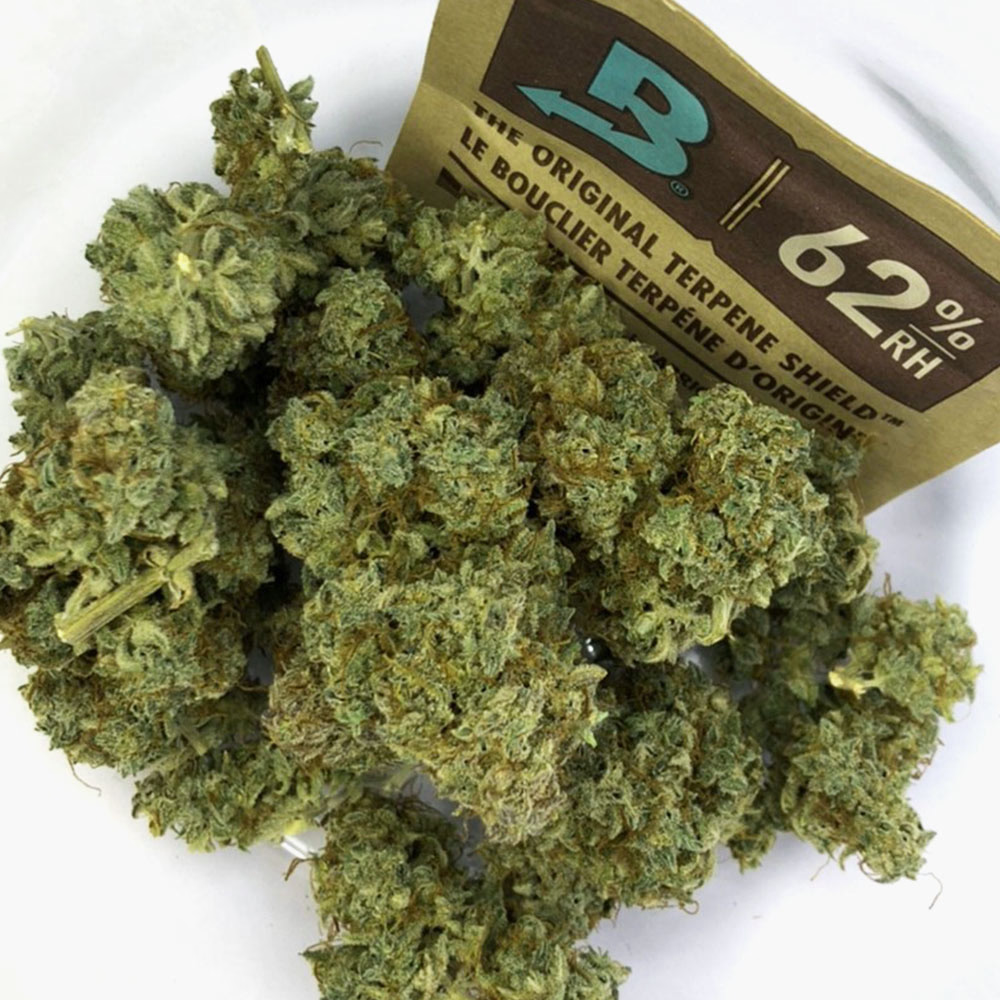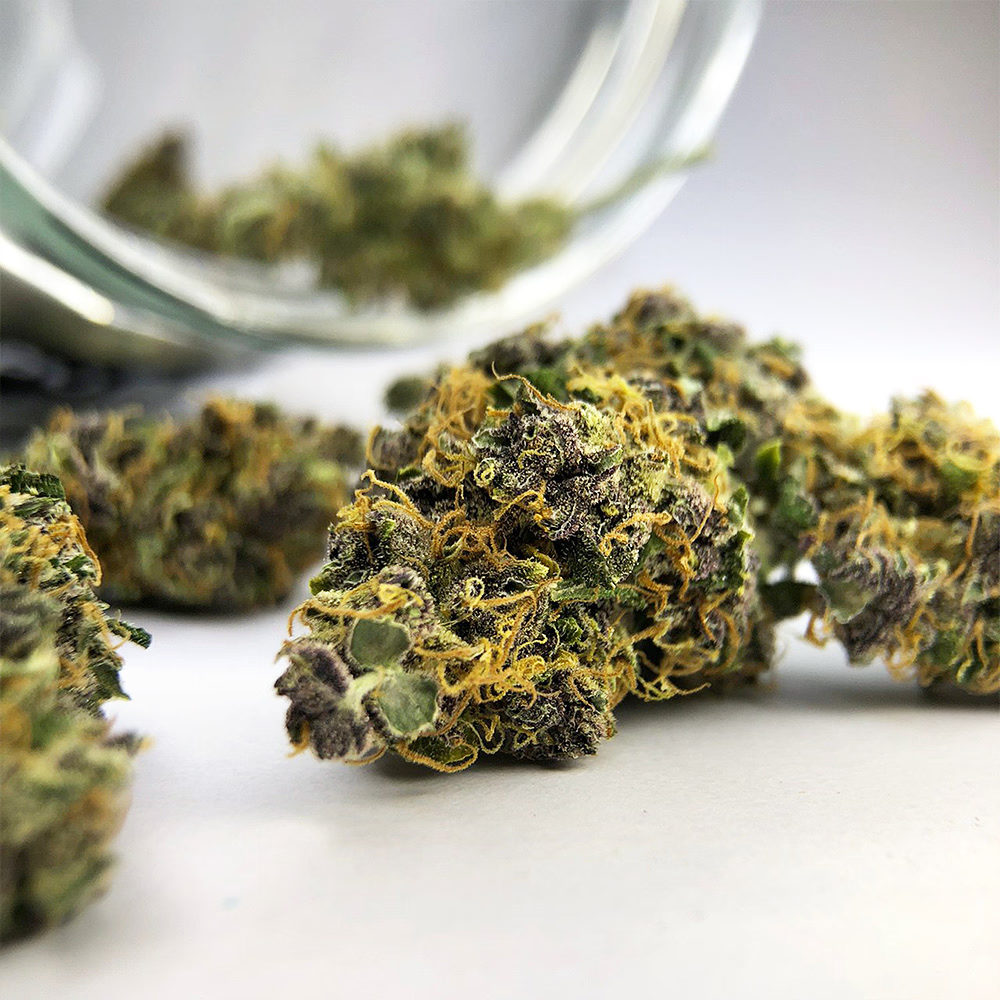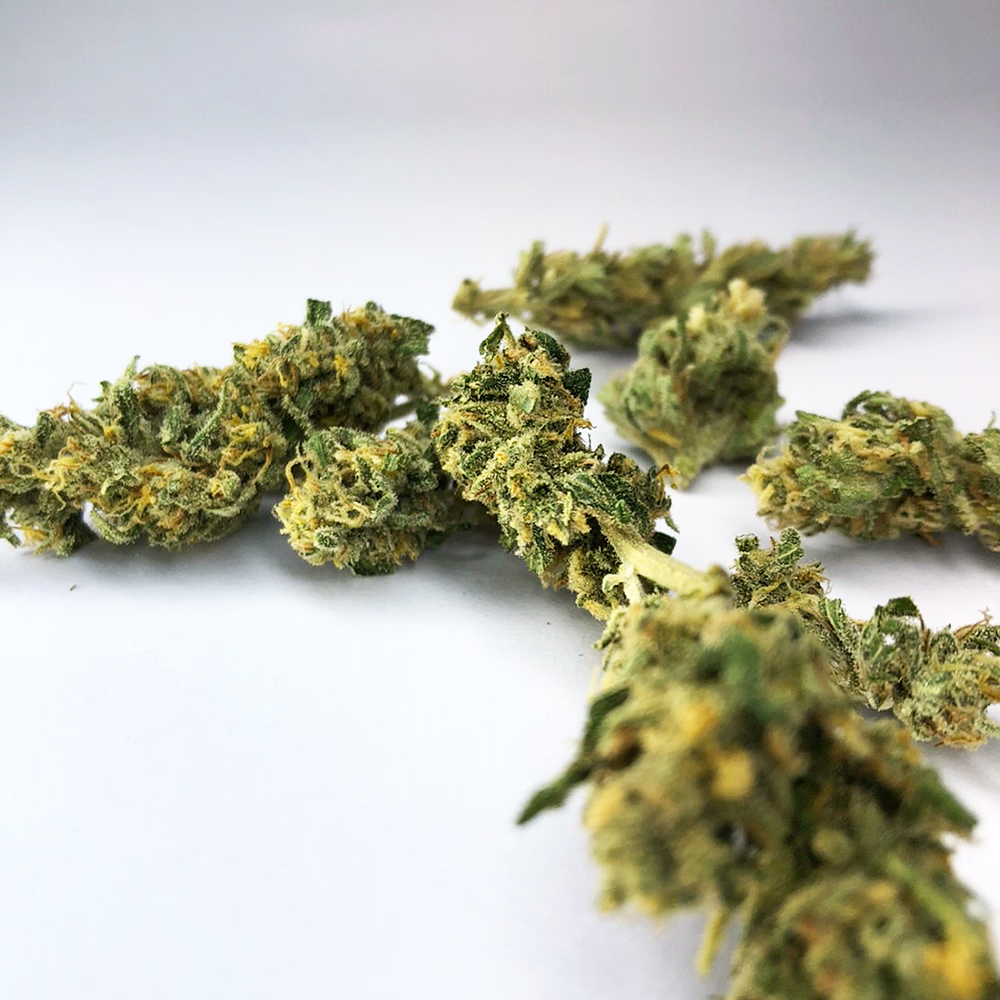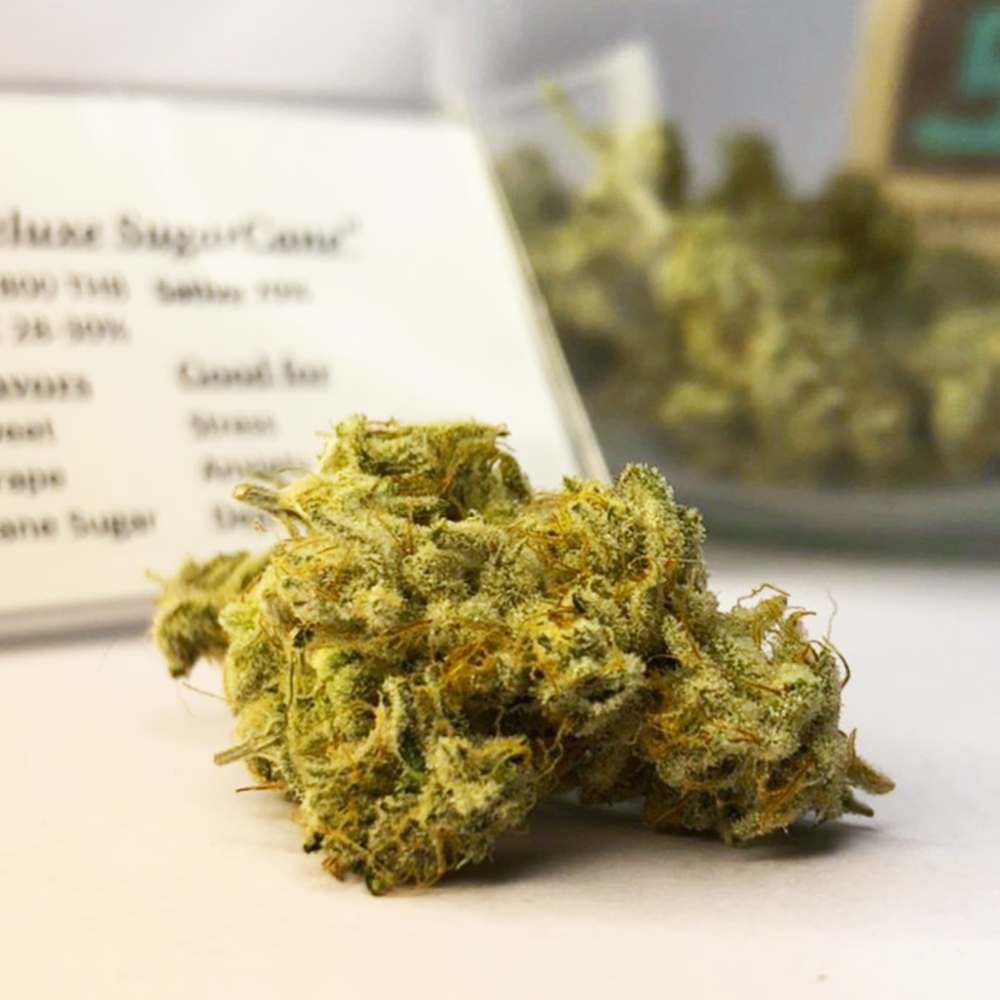Innovative Ways To Infuse Foods With Cannabis
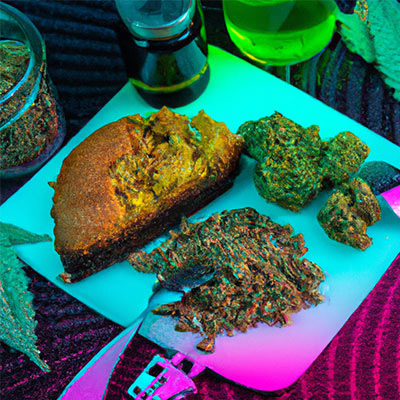
Cannabis-Infused Food High-Quality Ingredients
Suitable components are essential for making great foods that contain cannabis. Whether you're a seasoned cook or a culinary novice, employing premium ingredients is crucial for producing delectable food. In addition to being crucial for taste, using fresh and tasty ingredients guarantees the safety of your cannabis-infused food.
Innovative Ways to Infuse Foods With Cannabis Picking the best ingredients is the first step in producing delectable cannabis-infused cuisine. To ensure that your cuisine tastes the best and has the most potency possible, it's also crucial to ensure that all your components are as fresh as possible. Finding high-quality produce and other products from reputable suppliers entails doing this.
For instance, if you're using fresh herbs like basil or parsley in a dish, try purchasing them at the farmer's market rather than the grocery store when they're already packaged.
Use top-notch cannabis flowers or extracts, such as oils or tinctures, when preparing meals with cannabis. Your ability to create effective infused foods will directly depend on the quality of the cannabis you use, so be careful to buy from reputable vendors like authorized dispensaries.
Dosing should always be done safely, so check the potency of any edibles before taking them!
Don't overlook other ingredients like spices and seasonings to increase flavor, and get inventive in the kitchen while using cannabis infusions! The flavors of a dish can be enhanced by adding herbs like thyme or rosemary, while chili peppers can provide some extra spice.
For dressings and marinades, you can also experiment with various varieties of mustard or vinegar. Cooking with cannabis is fun since you can get creative with the flavors!
Finally, remember that appearance is essential, especially when offering visitors sweets infused with cannabis! When cooking infused meals for guests, pay attention to details like plating design and garnishes because they can elevate your cuisine.
Choosing high-quality ingredients is crucial if you want to make good cannabis-infused foods. When purchasing high-quality vegetables and other goods from reputable vendors, pay close attention to details like strength levels (this is especially important if anyone in your party has allergies!).
Don't overlook spices and seasonings because they can significantly enhance taste depth and improve presentation. Next time you're cooking up a batch of delicious edible treats, remember these suggestions to amaze everyone at the table.
The Benefits of Infuse Cannabis into Food
Cannabis-infused food has several advantages over conventional edibles like candies or chocolate bars regarding health benefits. In contrast to other edible products, which frequently contain high levels of one cannabinoid but not both, these infused foods provide a more balanced blend of cannabinoids such as THC and CBD because they are cooked with actual marijuana flower or oil (rather than extracts).
This makes it much easier for customers to dose them correctly. Additionally, because digestion takes time, eating cannabis gives users a longer-lasting high than smoking or vaping. This prolongs the length of pain alleviation or other side effects of chronic pain or anxiety disorders.
Cannabis-infused foods not only have more prolonged effects and a balanced cannabinoid profile, which makes them healthier than other consumption methods, but depending on the strain used in the preparation, they may also have therapeutic benefits.
For instance, certain strains have anti-inflammatory qualities that may help reduce inflammation throughout the body while still giving users the desired results (euphoria). Due to their relaxing effects when ingested orally vs. when smoked or inhaled through vaporization techniques, other varieties may help control stress levels.
Cannabis-infused foods also provide users more freedom to customize their experiences based on their requirements and tastes; they may change the dosage depending on how potent they want their experience to be and add extra flavors depending on the strain they select (and how they prepare it).
As an illustration, utilizing a sativa strain would be more appropriate if you want a lighter effect while still getting a tasty high; however, choosing an indica strain should work fine if you want a more significant high.
There isn't a "one size fits all" approach when creating your edibles at home, which makes cooking with marijuana so intriguing!

What is Decarboxylation
Decarboxylation is a crucial cannabis cooking step that is frequently disregarded. To activate the chemicals in cannabis and make them usable in edibles and other cannabis-infused food products, decarboxylation is the process of heating cannabis.
Decarboxylation transforms cannabis into its active forms and makes them palatable by releasing carbon dioxide (CO2). Without decarboxylation, your edibles won't be as potent and effective as they can be.
The therapeutic effects of cannabinoids like THC and CBD, which are naturally present in raw marijuana plant material but are not bioavailable until heated, can be unlocked through decarboxylation, making this process crucial.
Without decarboxylation, these chemicals will remain dormant inside the plant material and cannot produce any therapeutic or psychotropic effects when eaten as an edible. To maximize your cannabis cooking experiences, it is crucial to comprehend how this procedure operates.
Understanding the science behind decarboxylation is the first step to achieving success. Before being subjected to heat or light over time, a process known as aging or curing, where they become more potent but also lose some terpenes owing to oxidation reactions that occur during this time, cannabinoids exist as carboxylic acids (THCA and CBDA).
Depending on the strain used in the recipe, these carboxylic acid compounds will transform into their active forms, THC, and CBD, when heated above a certain threshold (typically between 105-220 degrees Celsius).
Our bodies can absorb these active forms for various therapeutic purposes, including pain relief, anti-inflammation, relaxation, etc.
Now that we understand why decarboxylating our cannabis is so crucial. Let's look at how we can do it efficiently and quickly at home. The simplest method is to bake your ground-up marijuana in the oven.
To do this, lay your buds on a baking sheet lined with parchment paper, heat your oven to around 220 degrees Celsius, and bake for about 30 minutes, checking it frequently to prevent burning your prized product.
Always go low and slow, no matter the approach you choose! Using sous vide machine is another popular technique since it gives you more control over temperature parameters and preserves terpenes than traditional oven-baking procedures usually manage. This is because sous vide machines have lower temperature settings than standard home ovens.
However, spending time honing your skills could result in delightful delicacies with potential therapeutic effects waiting for anyone prepared to tackle this learning curve!
THC Tinctures in Beverages and Cocktails
The culinary potential of the cannabis industry is growing along with it. There are numerous methods to include cannabis in meals frequently served, from infused gummy bears to marijuana-infused mac & cheese. Cannabis tinctures are one of the most inventive ways to add cannabis to edibles.
These inconspicuous and very efficient liquid extracts are created with a mixture of alcohol and cannabis, making them ideal for adding THC to recipes for food or beverages.
Although tinctures have been available since the 1800s, they have only lately gained popularity in the marijuana edibles market. Tinctures provide a simple way to experience the therapeutic and recreational advantages of THC-infused drinks and cocktails.
Which are becoming increasingly popular as people look for new ways to enjoy their favorite plants. Here, we'll look at a few of the numerous applications of THC tinctures in beverages.
The first step in utilizing a tincture is picking the strain that will have the desired effect. While indica strains can aid in producing relaxing effects, sativa strains typically have a more substantial stimulating effect.
After selecting a strain, you must choose between a full spectrum extract, a distillate (THC cut with terpenes), and an isolate (pure THC) (containing all cannabinoids).
When you decide on your strain and extraction technique, it's time to get creative! The beautiful thing about utilizing tinctures is that you can subtly incorporate them without significantly changing the flavor of any beverage or cocktail mix. Any beverage, from coffee to smoothies, may be made into a tasty marijuana-infused delight with just a few drops!
To avoid overdoing it, especially if this is your first time experimenting with infused drinks, add only one drop at a time until you achieve your preferred intensity level while blending your drinks at home.
If you don't want the alcohol used in the extraction process to impart bitterness to your drink or cocktail, consider using flavored tinctures instead. Depending on your type, these will add flavorings like mint or orange zest!
Try blending fresh juices like carrot juice with coconut water and adding one drop of tincture per serving size cupful for those looking for healthier alternatives to sugary sodas or cocktails without sacrificing flavor strength.
The natural sweetness from these ingredients and subtle flavors from flavored tinctures will make delicious marijuana mocktails ideal for outdoor summer days! Additionally, if you're daring, why not experiment with other teas? For instance, try ginger tea with honey and lemon juice, then top each cup with one drop. The mixture would undoubtedly add a unique twist to conventional tea recipes and ease aches and pains.
Adding just one drop per glassful makes many inventive recipes for THC-infused drinks possible. Examples include margaritas spiced up by adding lime-flavored distillate and tequila shots, sweet whiskey sours enhanced by some raspberry extract, mojitos gave extra zing by grapefruit, and pia coladas getting kicked up another notch through pineapple extract.
Due to its secret ingredient—cannabis-infused tinctures—all of these cocktails need little preparation while providing maximum flavor intensity.
